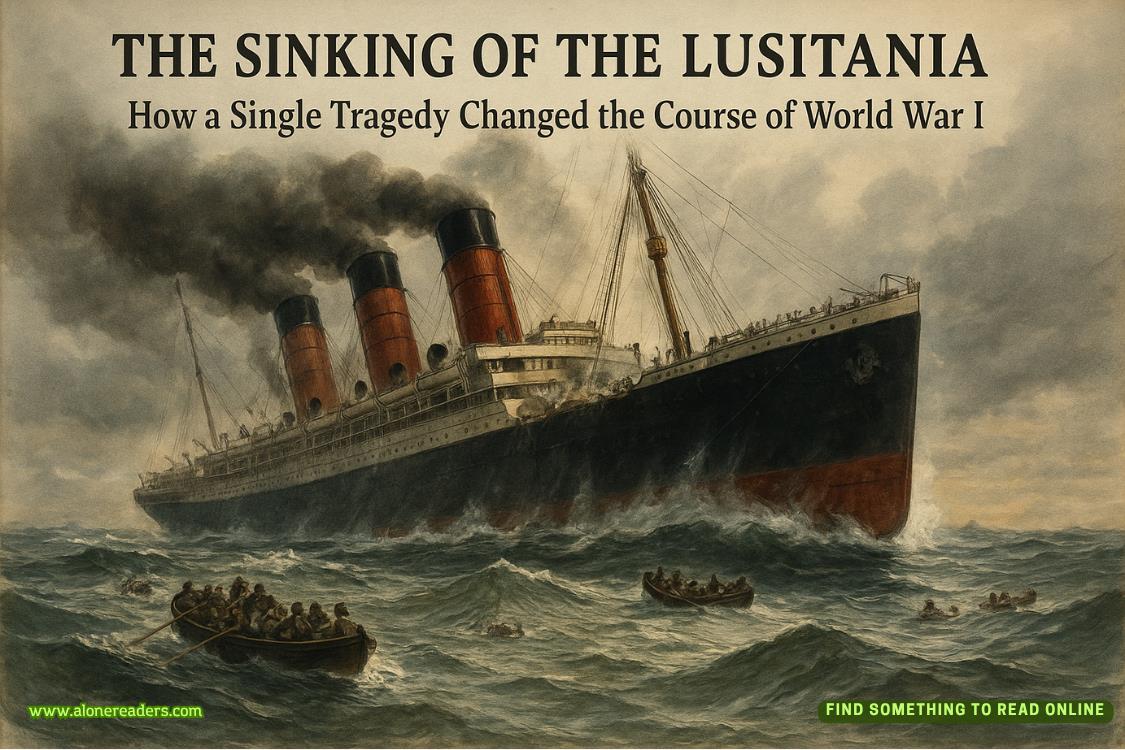Page 27 of Outbreak Protocol
We rush toward the emergency department, and the chaos hits us before we clear the corridor. Patients on gurneys line the hallways, some conscious and moaning, others unconscious with family members hovering anxiously. The distinctive smell of blood and antiseptic grows stronger with each step.
"Jesus," Felix breathes, surveying the scene. "This is three times what we had yesterday."
NATO personnel in hazmat suits move between patients, taking temperatures and marking charts with coloured tags. Red tags, yellow tags, black tags. Triage protocols I recognize fromdisaster response training, but seeing them implemented in a major European hospital sends ice through my veins.
"Dr. Müller!" A nurse calls from trauma bay three. "We need you now!"
Felix sprints toward the voice, and I follow, my epidemiologist training warring with an inexplicable need to stay close to him. Inside the trauma bay, a middle-aged woman lies on the gurney, her skin pale and clammy, small spots of blood visible at the corners of her eyes.
"What's her status?" Felix asks, already pulling on gloves.
"Maria Santos, age 47, presented with severe headache and fever two hours ago. Blood pressure dropped suddenly, heart rate climbing, and now she's bleeding from multiple sites."
As if on cue, blood begins trickling from the patient's nose. Felix checks her pupils with a penlight, his movements precise despite the urgency.
"Pupils are reactive but sluggish. When did the bleeding start?"
"Five minutes ago. It's getting worse."
The cardiac monitor shows an irregular rhythm, and suddenly the woman's body convulses. Blood appears at her ears, her mouth, and I watch Felix's expression shift from professional concern to controlled alarm.
"She's going into cardiac arrest," he says, positioning his hands on her chest. "Get me epinephrine and prepare for intubation."
The monitor flatlines with that distinctive, terrible sound I've only heard in movies. Felix begins chest compressions, counting under his breath, his whole body putting force behind each push. Sweat beads on his forehead despite the cool air.
"Come on, Maria. Stay with us."
Without thinking, I step closer to the bedside. "What can I do?"
"Erik, you don't need to—"
"Tell me what to do."
Felix glances at me, then at the monitor still showing that flat line. "When I say, give her two breaths through the bag mask. Watch her chest rise, then stop."
He continues compressions while the nurse prepares medications. Blood seeps from the woman's mouth, staining Felix's gloves, and I realize we're fighting something that's thoroughly destroying her body from the inside.
"Now, Erik. Two breaths."
I place the mask over her face and squeeze the bag, watching her chest rise and fall. The intimacy of breathing life into someone else's lungs hits me unexpectedly—this immediate, visceral connection between her survival and our actions.
"Again."
We fall into rhythm—Felix's compressions, my ventilations, the nurse pushing medications through the IV line. Maria's body jerks with each chest compression, blood flowing more freely now, and I understand why Felix left pathology. Death in the lab is abstract, clinical. Death here is urgent and personal and devastating.
"Come on," Felix mutters, sweat dripping onto his scrubs. "Come on, Maria."
Twenty minutes pass. Thirty. The monitor remains flat despite our efforts, despite the medications, despite Felix's refusal to give up. More blood pools beneath her head, and her skin takes on a waxy pallor that even I recognize as irreversible.
"Felix," the nurse says gently. "It's been forty minutes."
He doesn't stop compressions. "Just a few more minutes."
"Felix." I place my hand on his shoulder. "She's gone."
His hands still on her chest, and the room falls silent except for the flatline tone. Felix stares at Maria's face, blood streaking from her nose and mouth, and something breaks in his expression.
"Time of death, 16:47," he says quietly.















